.webp)
Sangiovese wines, renowned for their robust character and versatility, serve as the cornerstone of many renowned Italian vintages. Sangiovese is recognized as the most widely planted grape in the Tuscany region, colouring the majority of wines in Tuscany and significantly influencing reds from other Italian regions like Umbria, Emilia-Romagna, Marche, and Puglia.
This article will delve into the multifaceted world of Sangiovese wines, beginning with an exploration of their unique sensory profile. We’ll uncover the aromas and flavours that make Sangiovese a favourite among enthusiasts. Additionally, we will provide the best food pairings for Sangiovese to create harmonious dining experiences, as well as tips for serving and storing Sangiovese properly.
We’ll also discuss the primary regions famed for Sangiovese production and how local climates shape the wine’s unique attributes. Moreover, selecting a top-quality bottle of Sangiovese wine can be daunting. For this reason, we’ll provide insights to help you choose wisely.
Lastly, we’ll highlight the similarities and differences between Sangiovese and Nebbiolo wines, offering a broader perspective on both wines. Join us as we celebrate the depth and diversity of Sangiovese wines, the widely planted grape that is a pivotal part of Italy's wine heritage.
Sangiovese, one of Italy’s most famous and versatile grape varieties, is primarily cultivated in the Tuscany region. Known for its adaptability and rich history, it forms the backbone of several well-known Italian wines, including Chianti, Brunello di Montalcino, and Vino Nobile di Montepulciano. Sangiovese wines are prized for their high acidity and robust tannins, which contribute to their aging potential and food-friendly nature. Sometimes, Sangiovese is blended with Pinot Noir grapes, creating wines with an unique flavour profile, featuring notes of red fruit, dark cherry, and cocoa.
The origins of Sangiovese are traced back to an intriguing legend. It is believed that the name Sangiovese is derived from the Latin "Sanguis Jovis," which literally means "Jupiter's blood," the term is believed to have been coined by monks in the city of Santarcangelo Di Romagna as a nod to the Roman god Jupiter. By the 18th century, Sangiovese had ascended to prominence, becoming one of Tuscany's most extensively cultivated grapes alongside Malvasia and Trebbiano.
Sangiovese wines are known for their medium to full body and palate that balances their high acidity with the structure provided by their tannins. The colour of Sangiovese wine is typically a deep, rich red, which can develop orange hues as it ages.
The flavour profile of Sangiovese wines can vary significantly depending on the specific area where the grapes are grown and how the wine is made. Generally, these wines offer a mix of fruity and earthy flavours. This complexity makes Sangiovese a particularly engaging wine for wine enthusiasts and sommeliers.
Sangiovese wines are usually great prospects for aging. This practice can contribute additional flavours like vanilla and spice to the wine’s profile.
Due to its robust structure and acidity, Sangiovese pairs exceptionally well with food. It is a classic choice for pairing with Italian dishes like pasta with tomato-based sauces, pizza, and meat dishes such as grilled steak or roast pork. The wine’s acidity cuts through the fat and richness of these dishes, making it a harmonious complement.
The diversity of Sangiovese wines is further exemplified by the production of mono-varietal wines such as Sangiovese di Romagna, showcasing the grape's versatility across different Italian regions.
Sangiovese wines offer a rich sensory experience that varies widely depending on its growing region and vinification process.
In terms of aroma, Sangiovese is known for its earthy and rustic notes, but it also presents a delightful array of primary aromas, including red fruits, specifically ripe cherries, and floral hints that contribute to its complexity and allure.
When it comes to taste, Sangiovese wines are celebrated for their high acidity and tannins, which give them a robust structure. The primary flavours of these wines include a mix of fruity flavours, such as those from ripe cherries, alongside savoury notes, making them versatile in pairing with a variety of dishes. Enjoying these fruity flavours is particularly delightful when pairing Sangiovese with vegetables such as peppers and roasted tomatoes to savor the fruity flavors it offers, as well as with hard cheeses and grilled ribs.
Sangiovese wines typically show a vibrant, ruby-red colour that can evolve into garnet shades with aging. They are generally medium to full-bodied, with a mouth texture that can range from smooth to robustly tannic, depending on the style of vinification.
The aromatic profile of Sangiovese is complex and can be categorized into primary, secondary, and tertiary notes:

These aromas develop and become more pronounced as the wine ages, creating a sophisticated bouquet.
Sangiovese wines are appreciated for their rich and dynamic flavour spectrum, which also divides into primary, secondary, and tertiary profiles:

The balance of these flavours contributes to Sangiovese’s reputation as a versatile wine, capable of aging gracefully while maintaining its lively acidity and robust structure.
Sangiovese manifests in two distinctive styles: fruit-forward and rustic. The fruit-forward Sangiovese is celebrated for its vibrant red berry flavours, offering a smoother, more approachable profile. These wines often age in newer oak barrels, imparting a subtle vanilla undertone, making them popular among those who favour a sweeter, more polished sip.
On the other hand, the rustic Sangiovese wines have garnered a devoted following among traditionalists. Crafted in a more restrained, Old World fashion, these robust reds boast a firm tannic structure, earthy undertones, and an unmistakable savoury quality that demands patience and careful food pairing. Aged in old oak or concrete, rustic Sangiovese wines evoke the terroir of their origins, often expressing a complex bouquet of dried fruits, tobacco, and leather. Proponents argue that these wines capture the very essence of the Sangiovese grape and the Tuscan terrain from which it hails.
Both styles offer a unique expression of the Sangiovese grape, each appealing to different palates and occasions. While the fruit-forward variant might be more suited to casual drinking and modern cuisine, the rustic version remains a favourite for traditional pairings and those who appreciate a more authentic taste of the vineyard's heritage.
Sangiovese wines are renowned for their versatility in food pairing, thanks to their high acidity and robust tannins, which make them excellent companions to a wide array of dishes from various cuisines.

Grilled Vegetables: Sangiovese pairs well with rich, olive oil-drizzled grilled vegetables, enhancing their natural flavours. Pairing Sangiovese with vegetables such as peppers and roasted tomatoes can also allow you to enjoy the wine's fruity flavours.
Vegan Pizzas: Choose toppings like mushrooms and spinach, which can withstand and complement the wine’s robustness.
These pairings complement the acidity and structure of Sangiovese with a broad spectrum of flavours, from hearty meats to richly seasoned vegetarian dishes.
Sangiovese is predominantly grown in Tuscany, where its characteristics vary significantly across different regions due to climate variations. This grape is also cultivated in other parts of the world, including the United States and Argentina, where it adapts well to similar climates. The adaptability of Sangiovese and other Italian grapes to climates in the United States and Argentina highlights the versatility and global appeal of these Italian varieties.

Sangiovese has been cultivated in Argentina since the mid-19th century and is appreciated for producing bold red wines at reasonable prices.
The climate significantly influences the characteristics of Sangiovese wines. The grapes ripen more fully in warmer areas like Montalcino, leading to robust, full-bodied wines. In cooler or more variable climates, such as those found in some parts of Chianti, the wines might exhibit higher acidity and a fresher, more aromatic profile.
Proper serving and storage are key to enjoying Sangiovese wines at their best. Here are some tips to help you maximize the flavour and longevity of this beloved Italian varietal.

By following these tips, you can ensure that your Sangiovese wine retains its quality and character, offering the best drinking experience possible.
Sangiovese and Nebbiolo are both iconic Italian wines known for their complexity. Although they share some similarities, they also have distinct differences that make them unique.
Sangiovese wines hold a place of high esteem in the Italian wine industry, serving as the cornerstone for many of the country’s most celebrated wines. Originating from Tuscany, Sangiovese is integral to the identity of iconic wines such as Chianti, Brunello di Montalcino, and many prestigious Super Tuscans. These wines are renowned not just for their quality and complexity but also for their versatility, showcasing a range from light and fresh to full-bodied and age-worthy expressions, including the evolution of blended wine practices. The historical and modern blending practices, especially in Chianti Classico, have seen a transition from the inclusion of white grapes to a focus on varietal Sangiovese and the allowance of Bordeaux varieties, emphasizing the significance of native red varieties in creating a statement on terroir through blended wines.
The significance of Sangiovese extends beyond its flavour profile; it is a vital part of Italy’s wine heritage and a key contributor to the country’s wine economy. This grape variety adapts well to various terroirs, reflecting the unique characteristics of each region in which it is grown, which is why it’s widely planted across Italy. The ability of Sangiovese wines to age well allows them to develop richer, more complex flavours over time, adding to their appeal and market value.
Moreover, the evolution of Sangiovese over the decades reflects advancements in winemaking techniques and a shift towards higher quality production across Italy. Today, Sangiovese wines are celebrated globally for their high acidity, firm tannins, and robust structure, making them excellent for pairing with a wide array of cuisines. This wine enhances the nation’s wine diversity, offering both traditional and innovative styles that appeal to a broad audience of wine enthusiasts worldwide. Among the diversity of Sangiovese wines, 'Sangiovese Grosso' plays a pivotal role, particularly in the production of Brunello di Montalcino, showcasing the variety within Sangiovese wines.

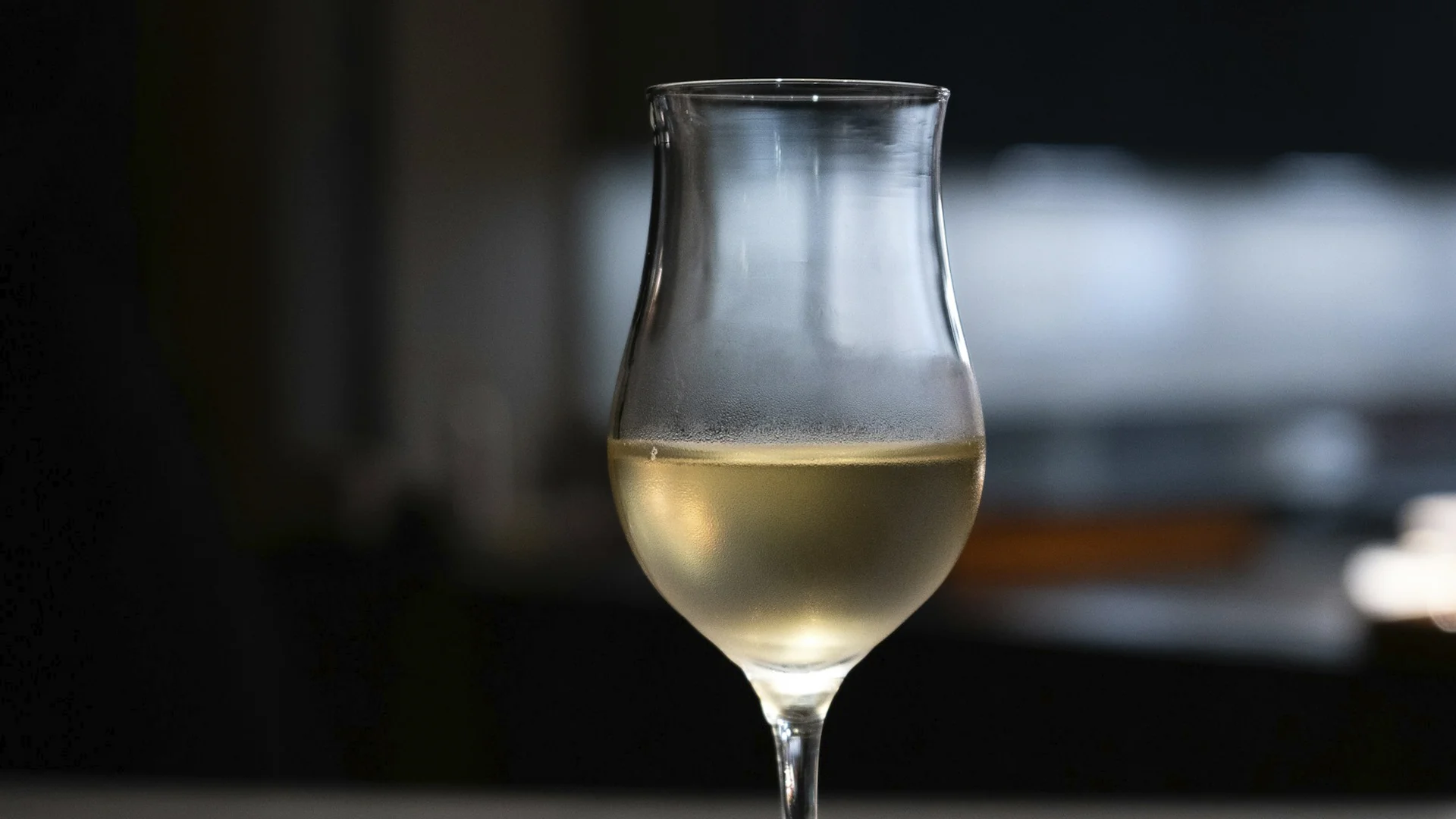
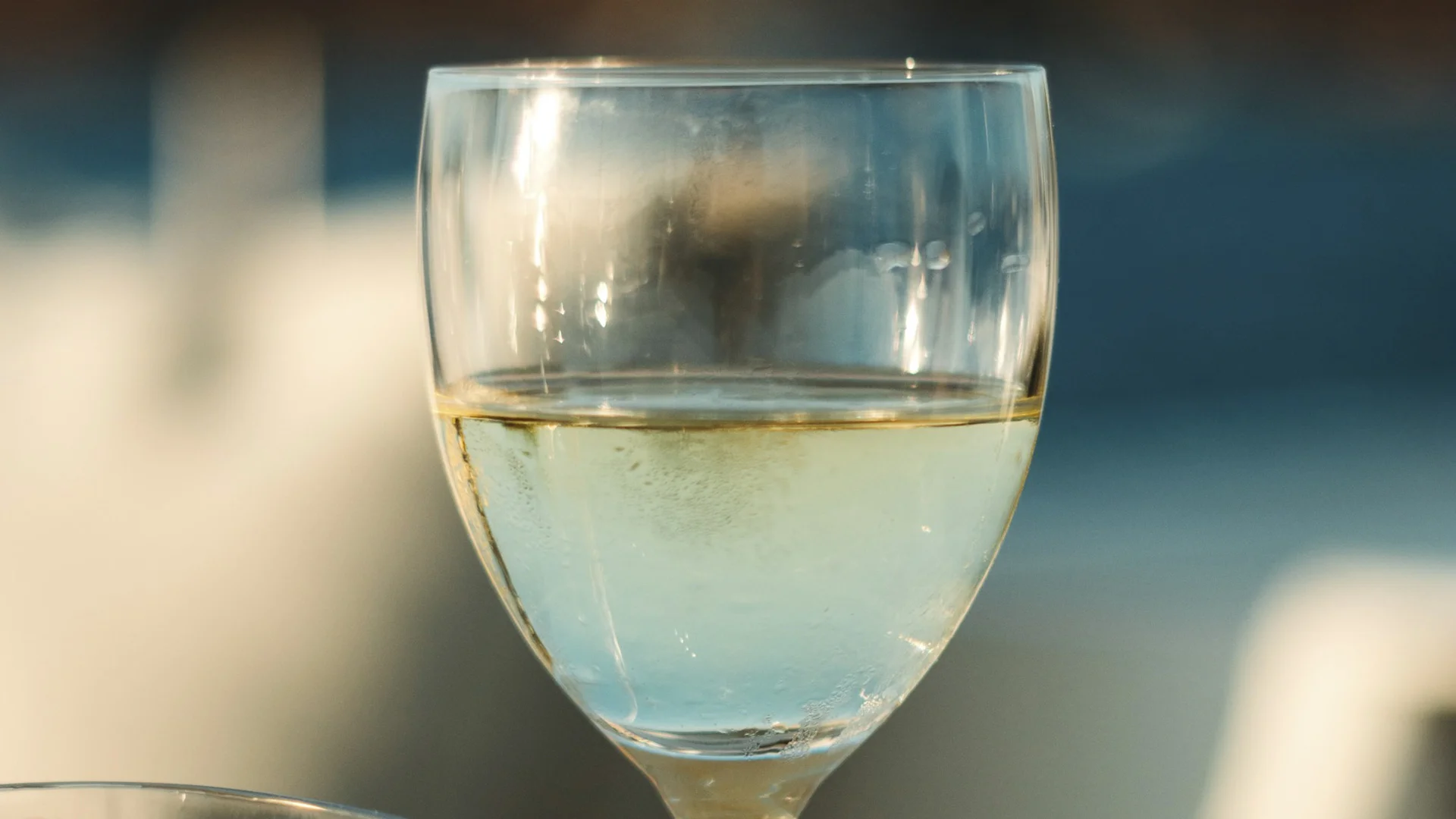

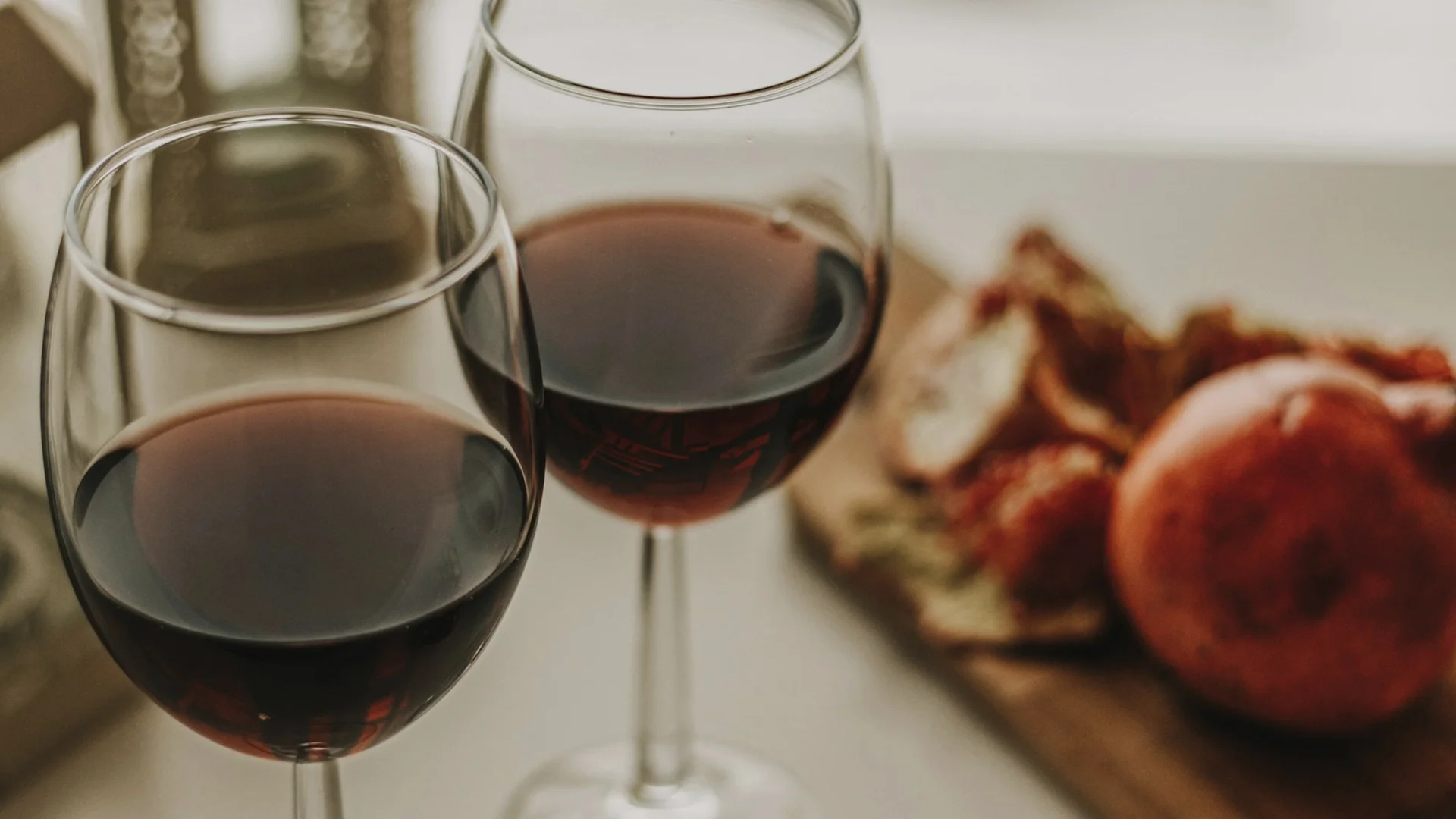


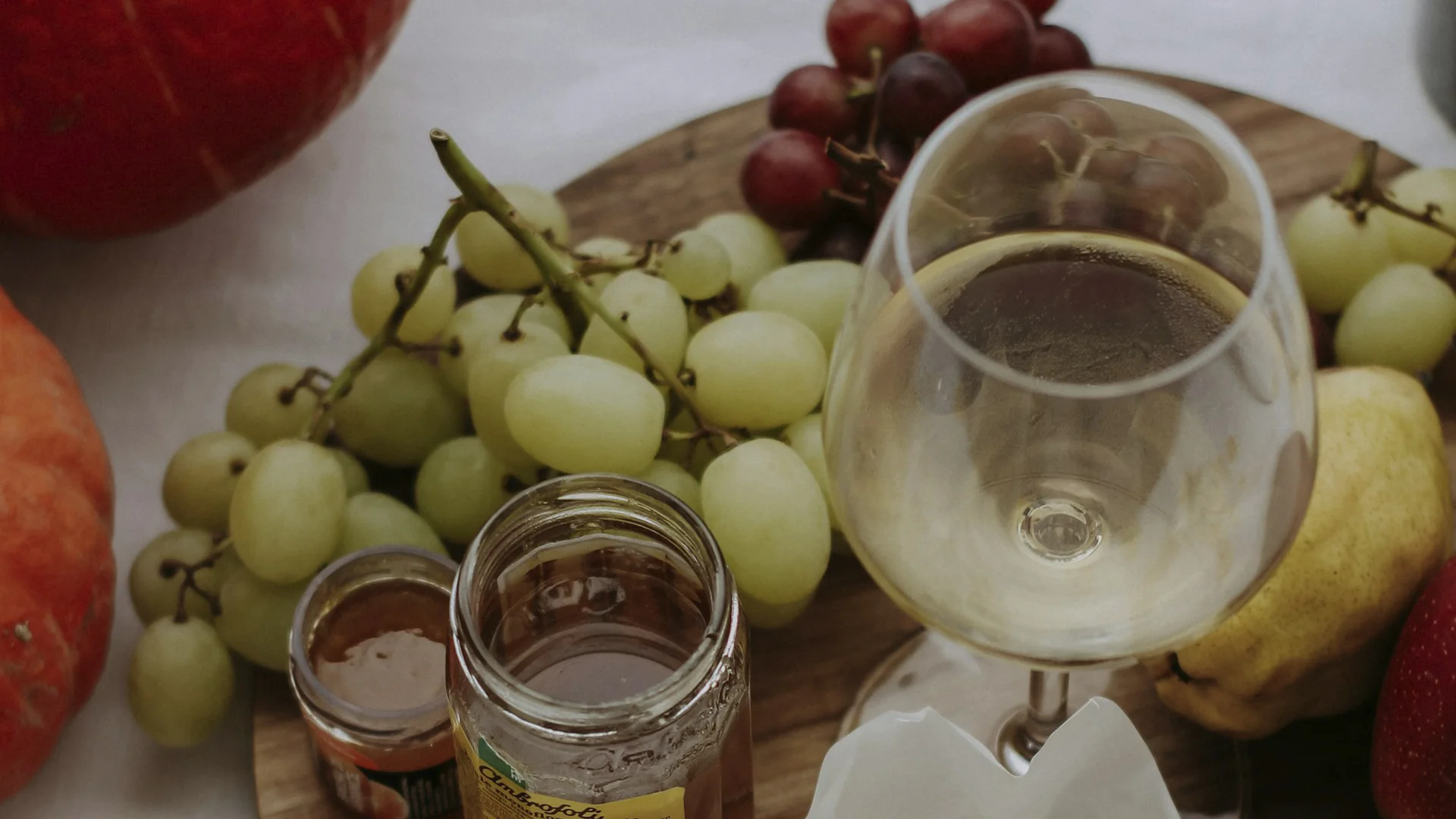
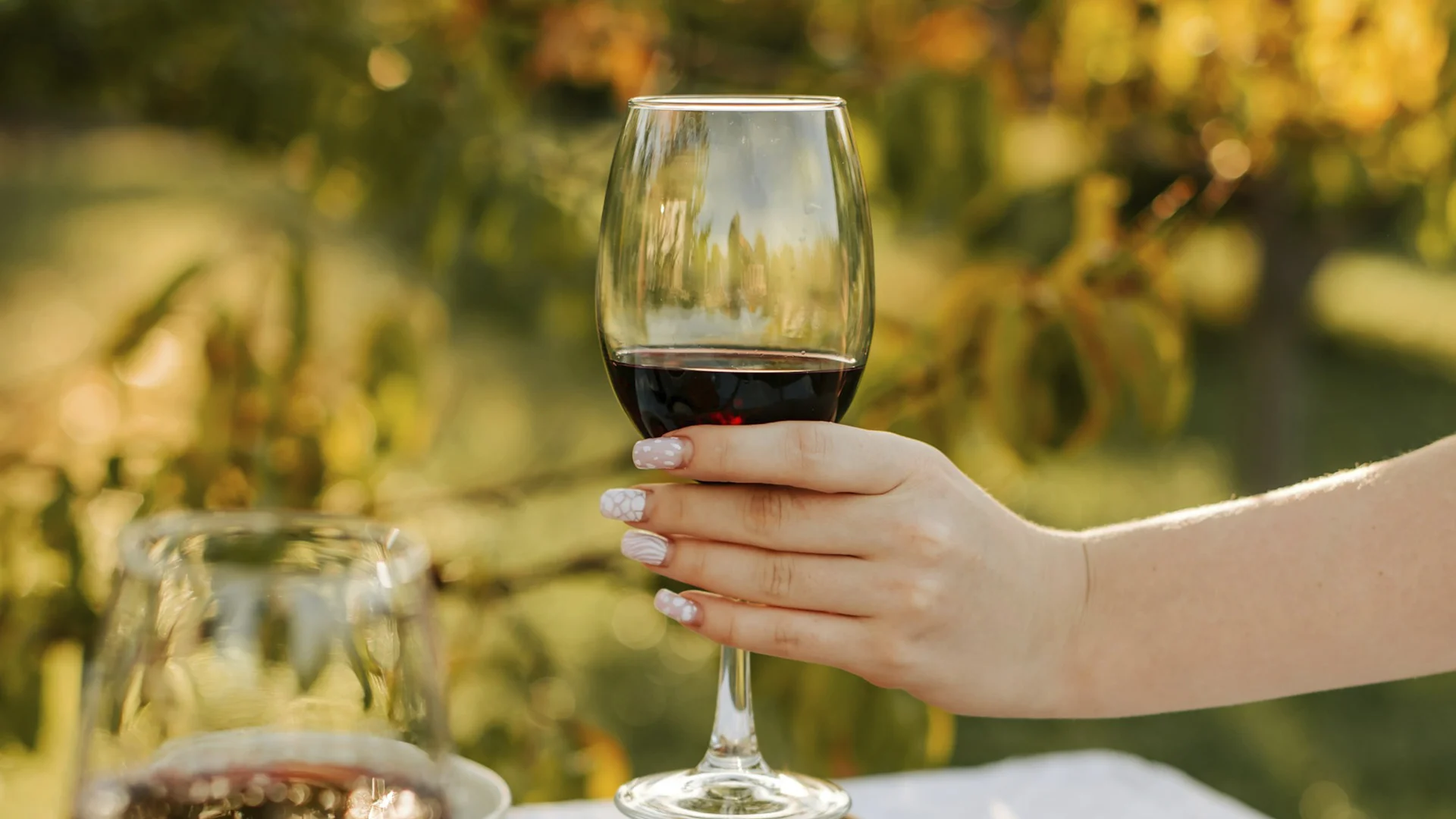


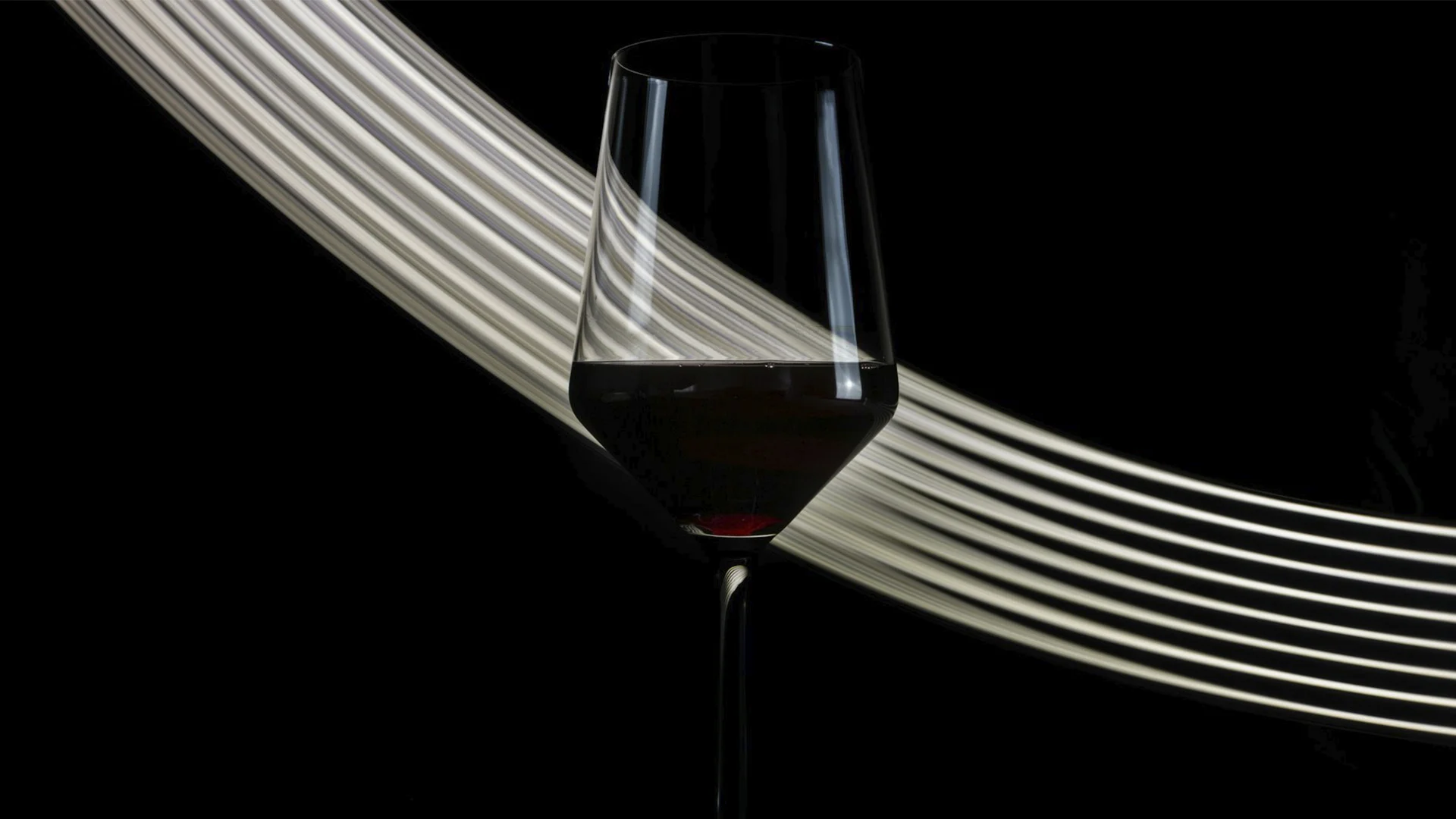



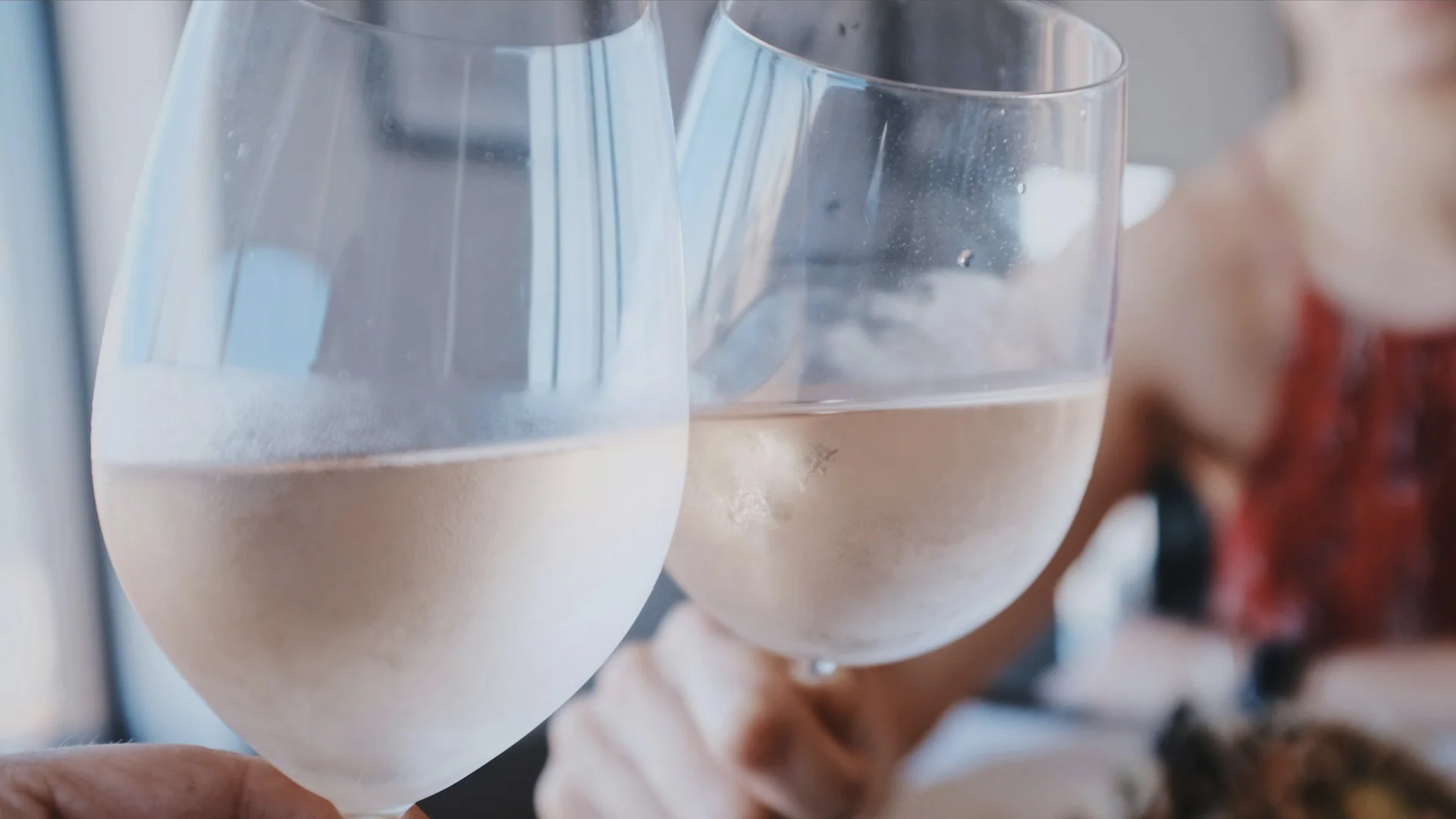

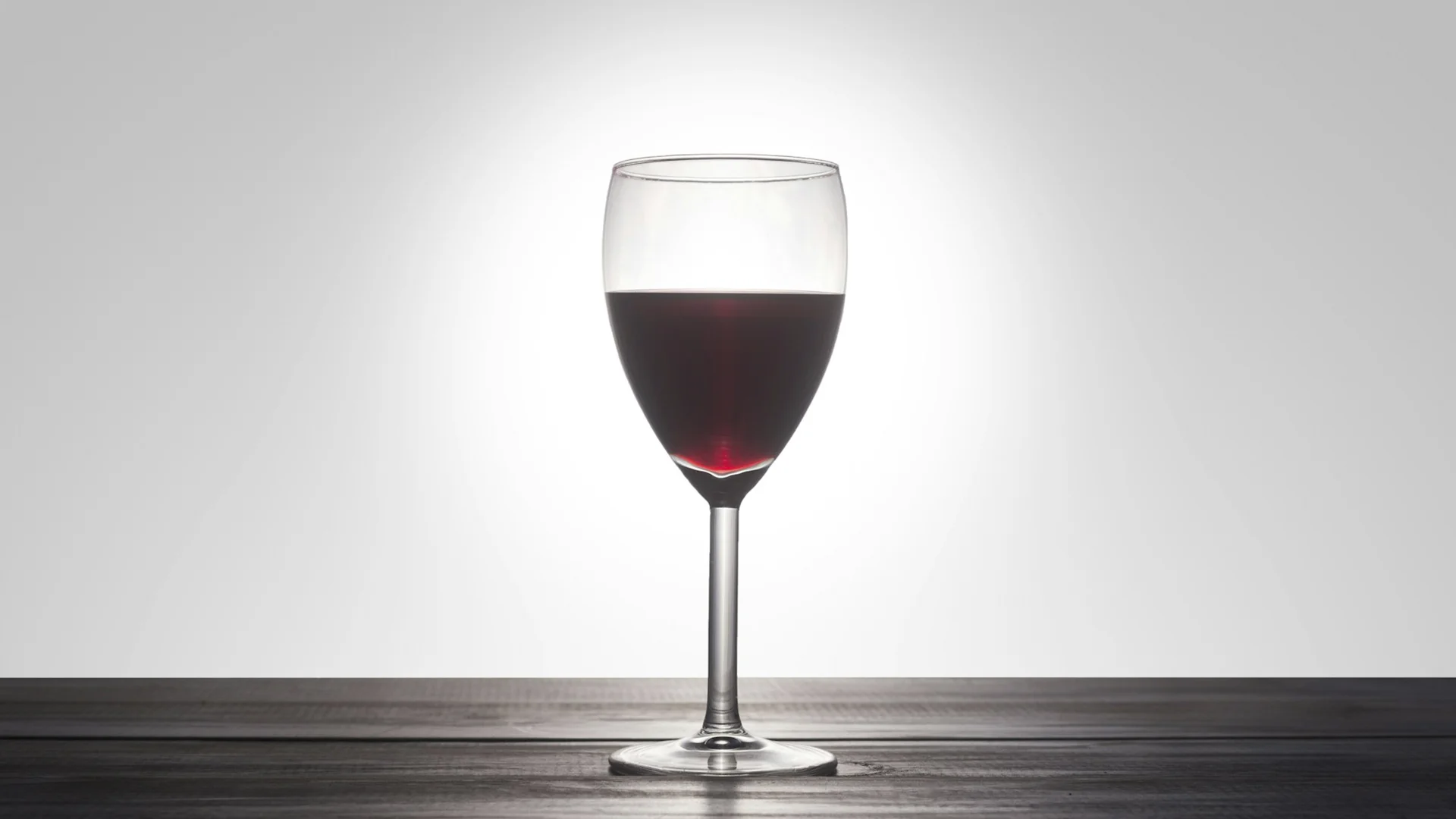


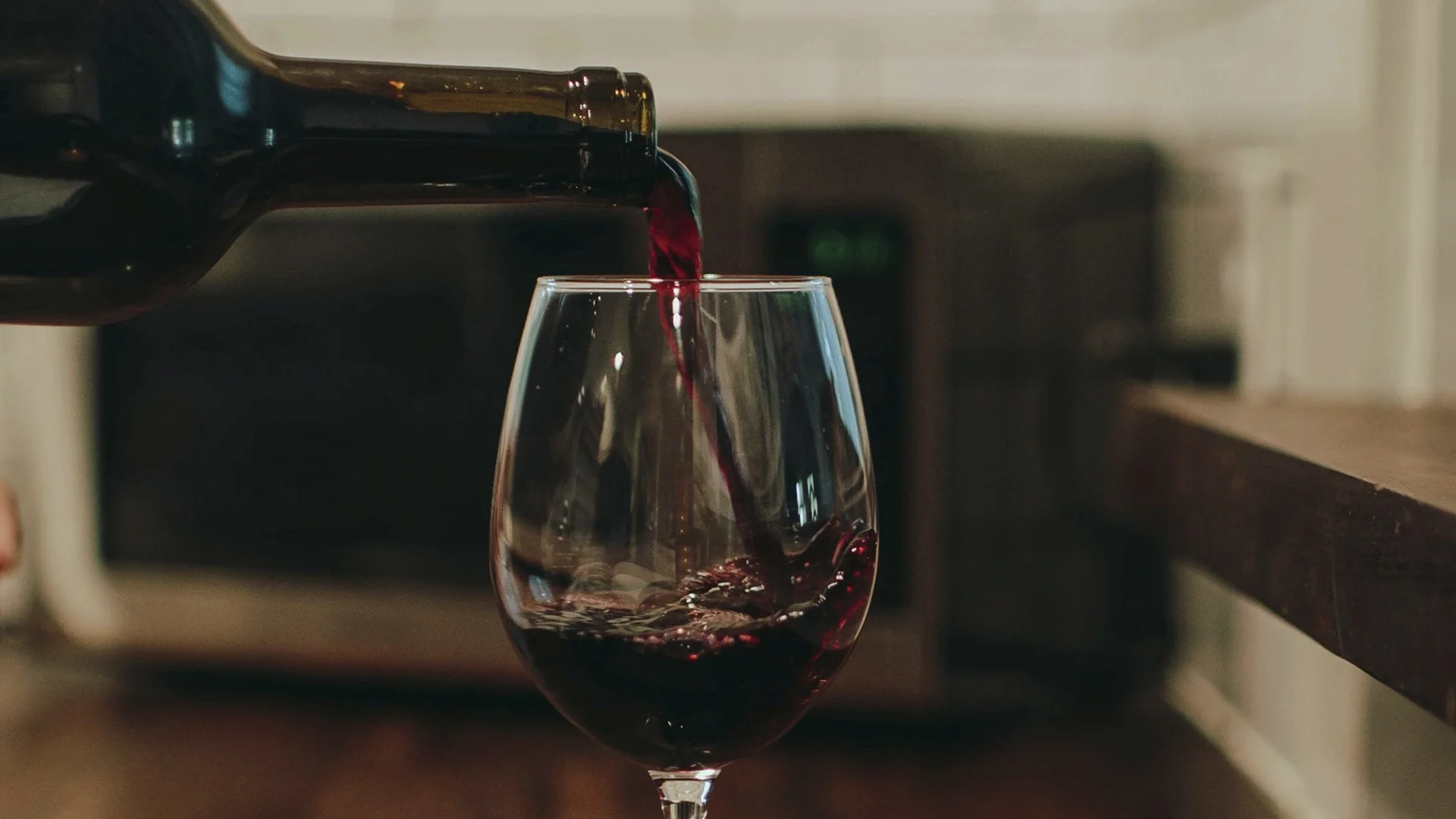


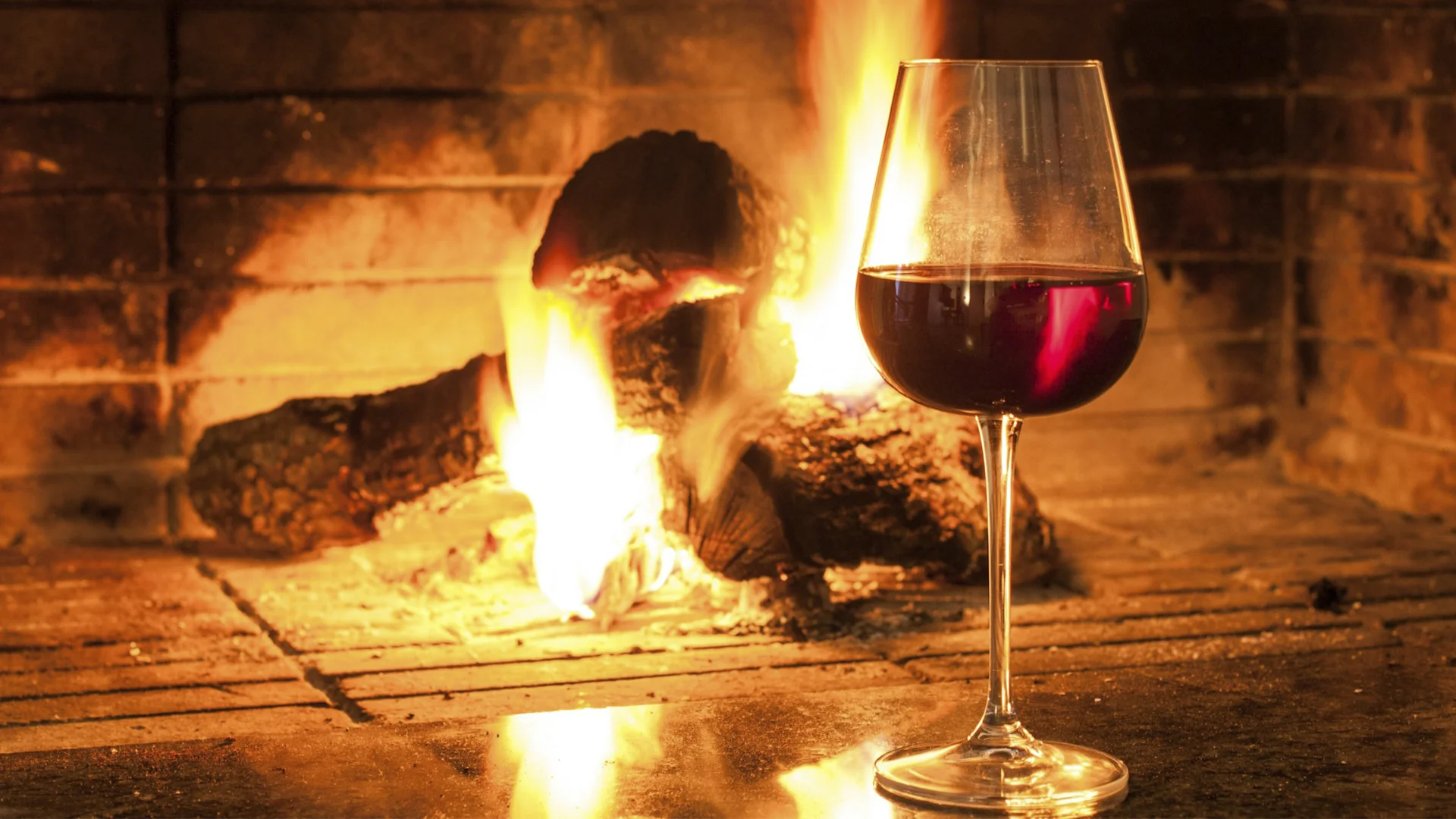
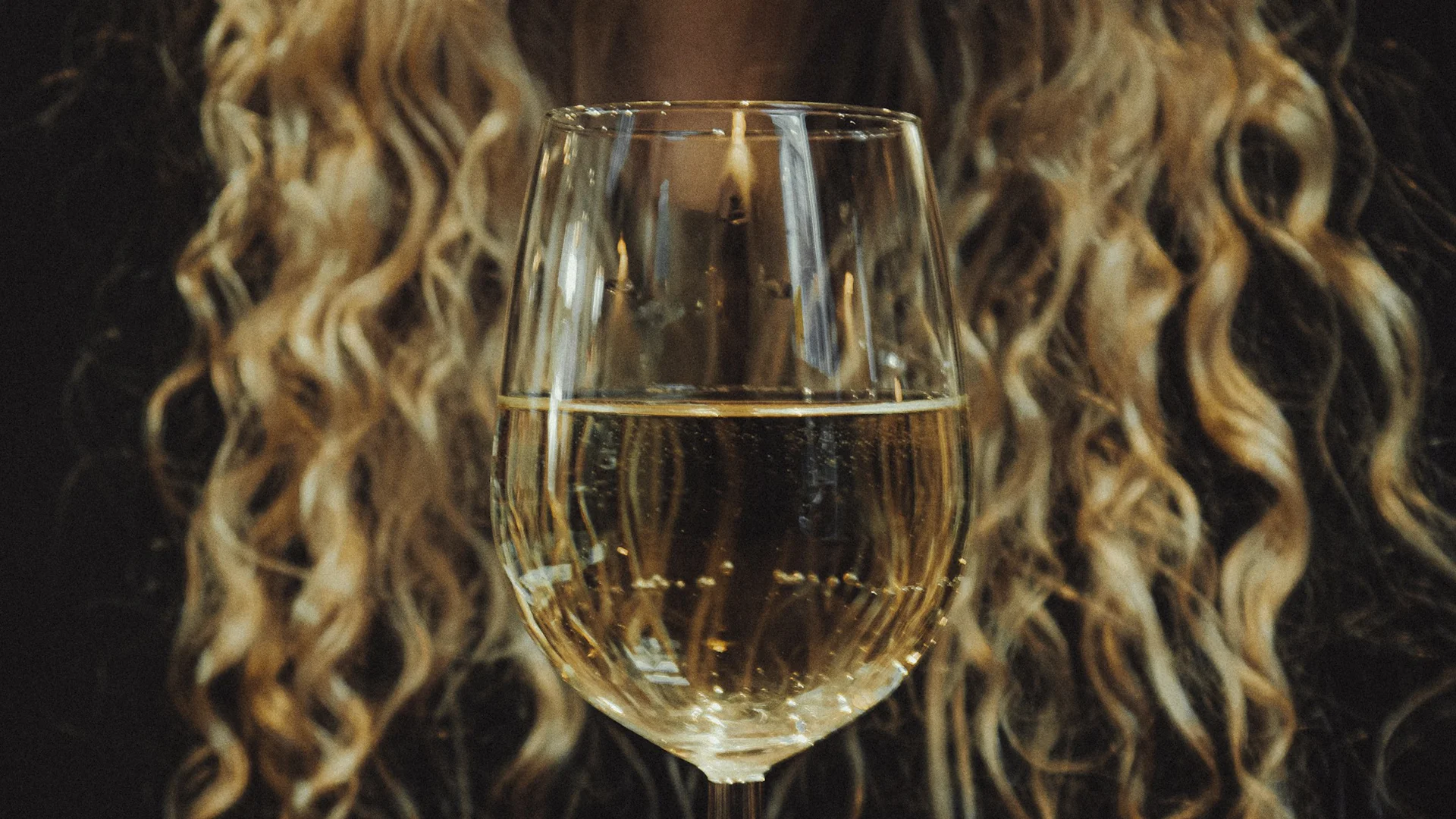

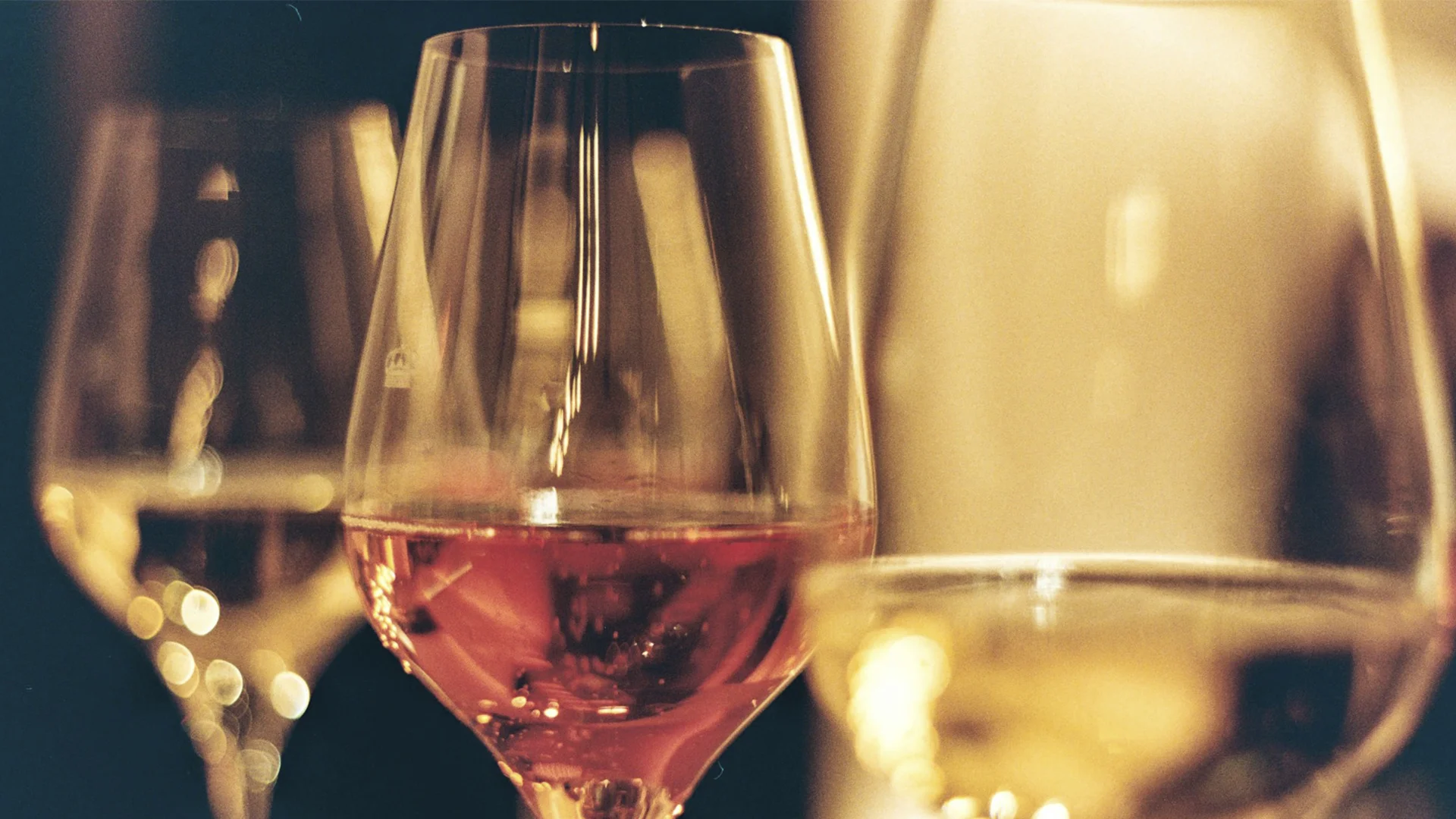
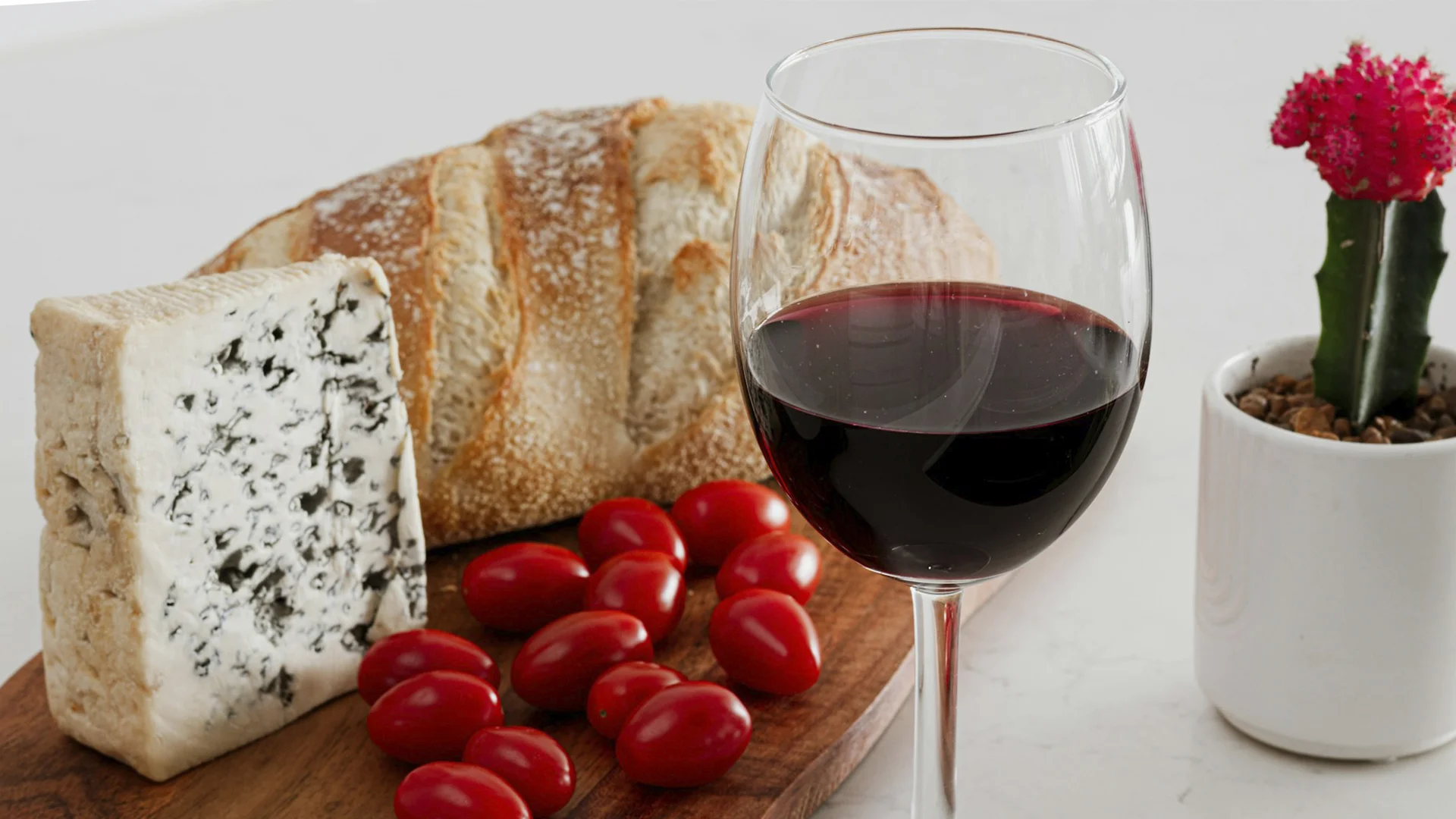

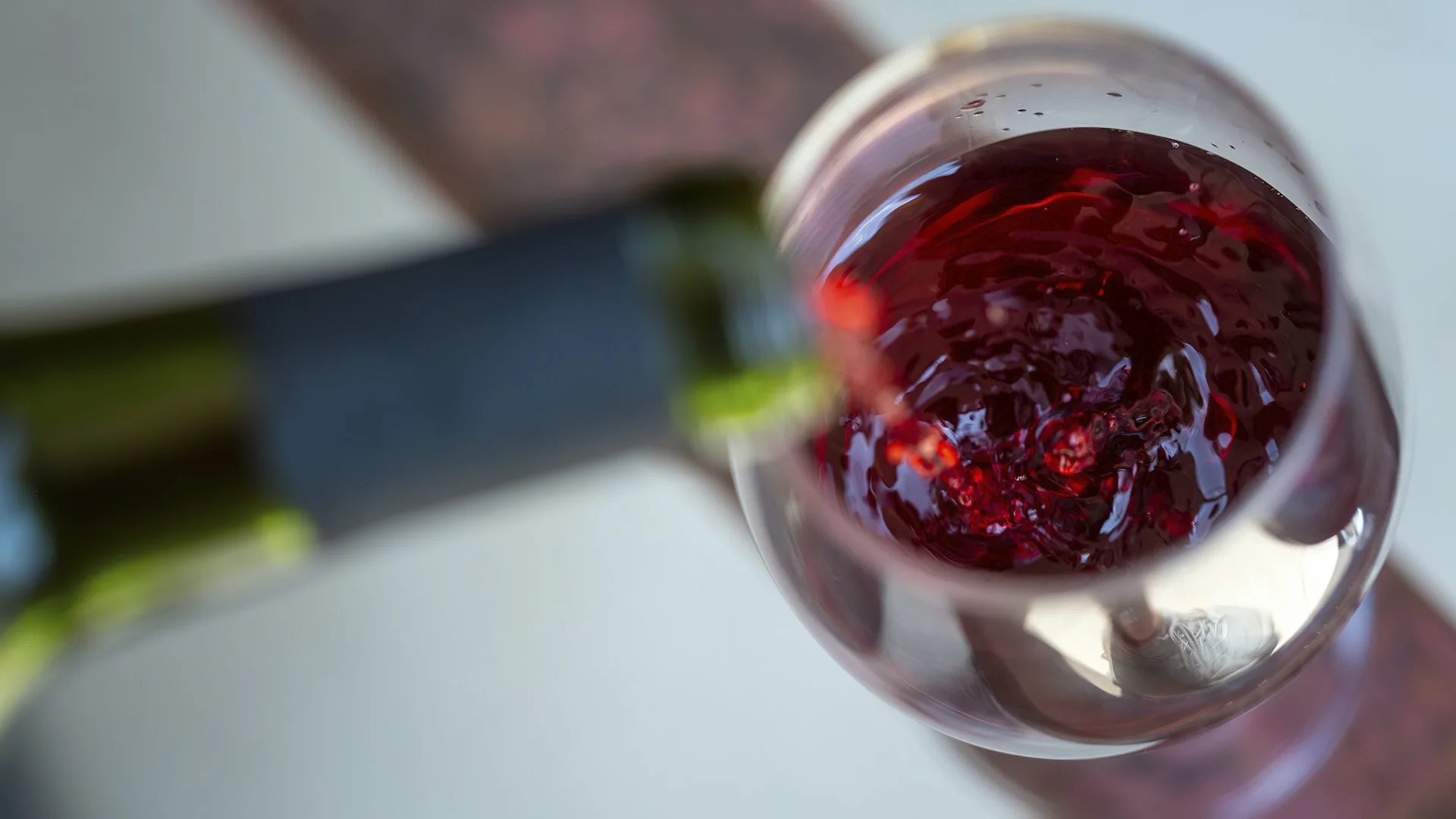


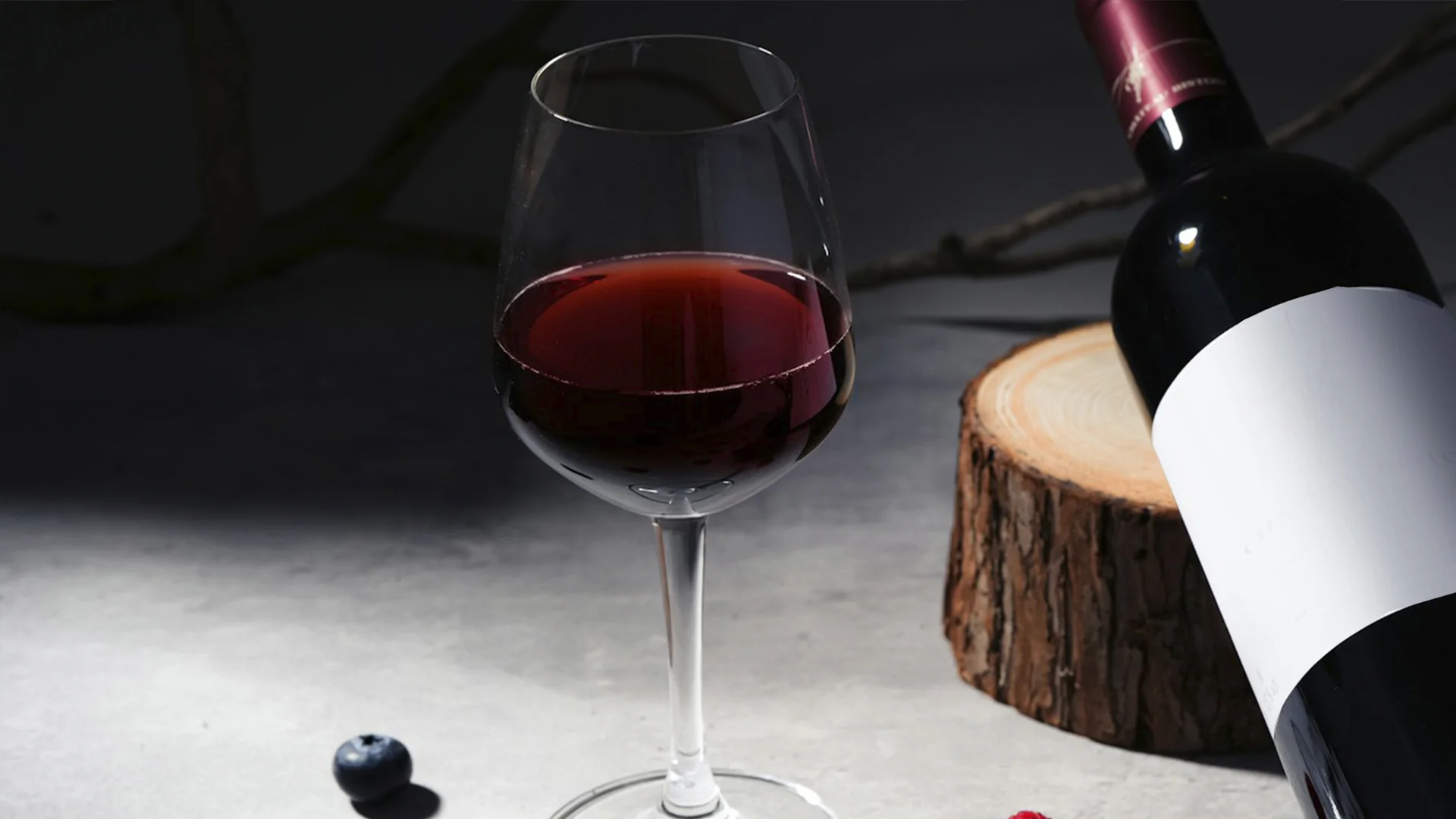
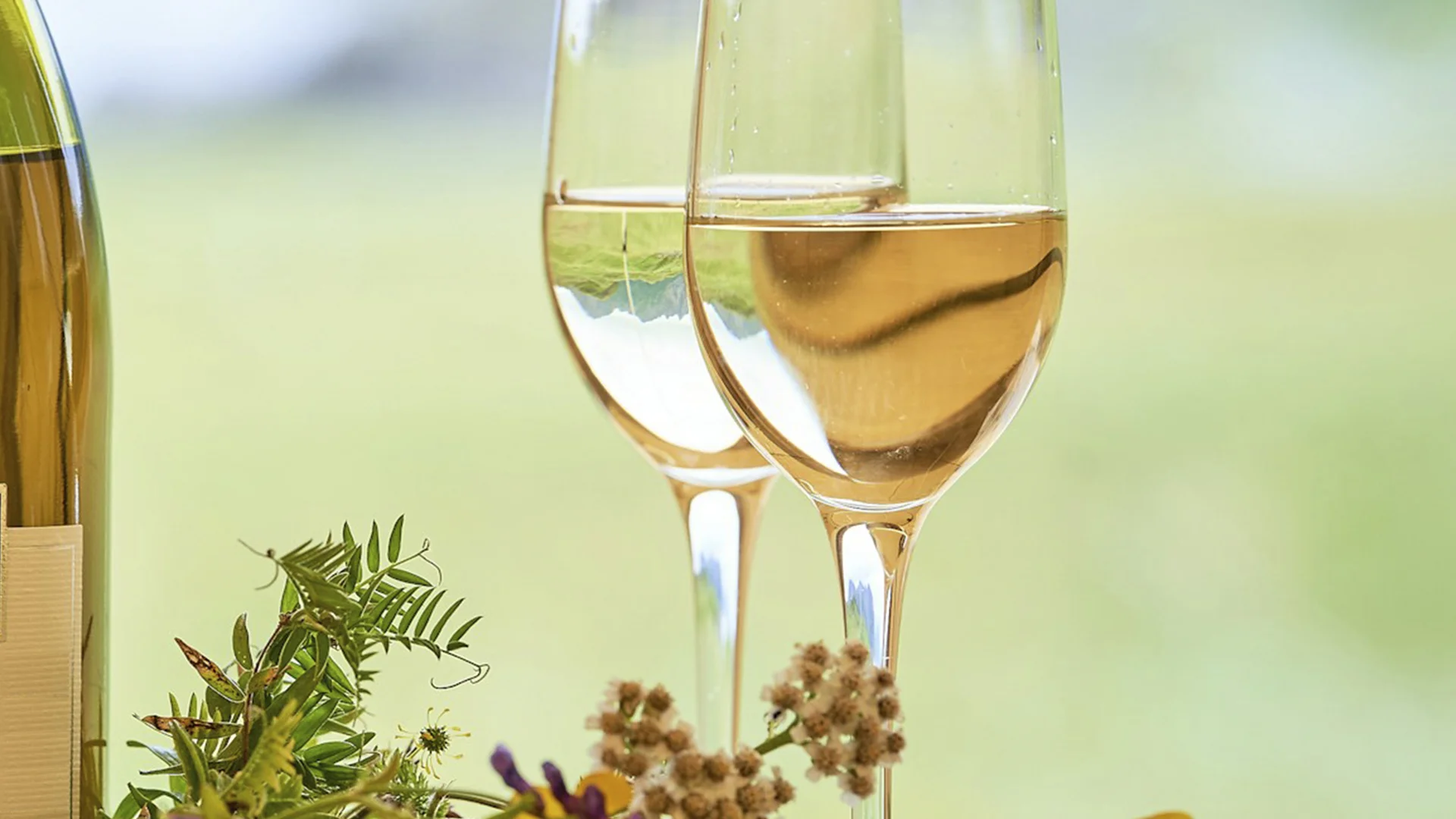
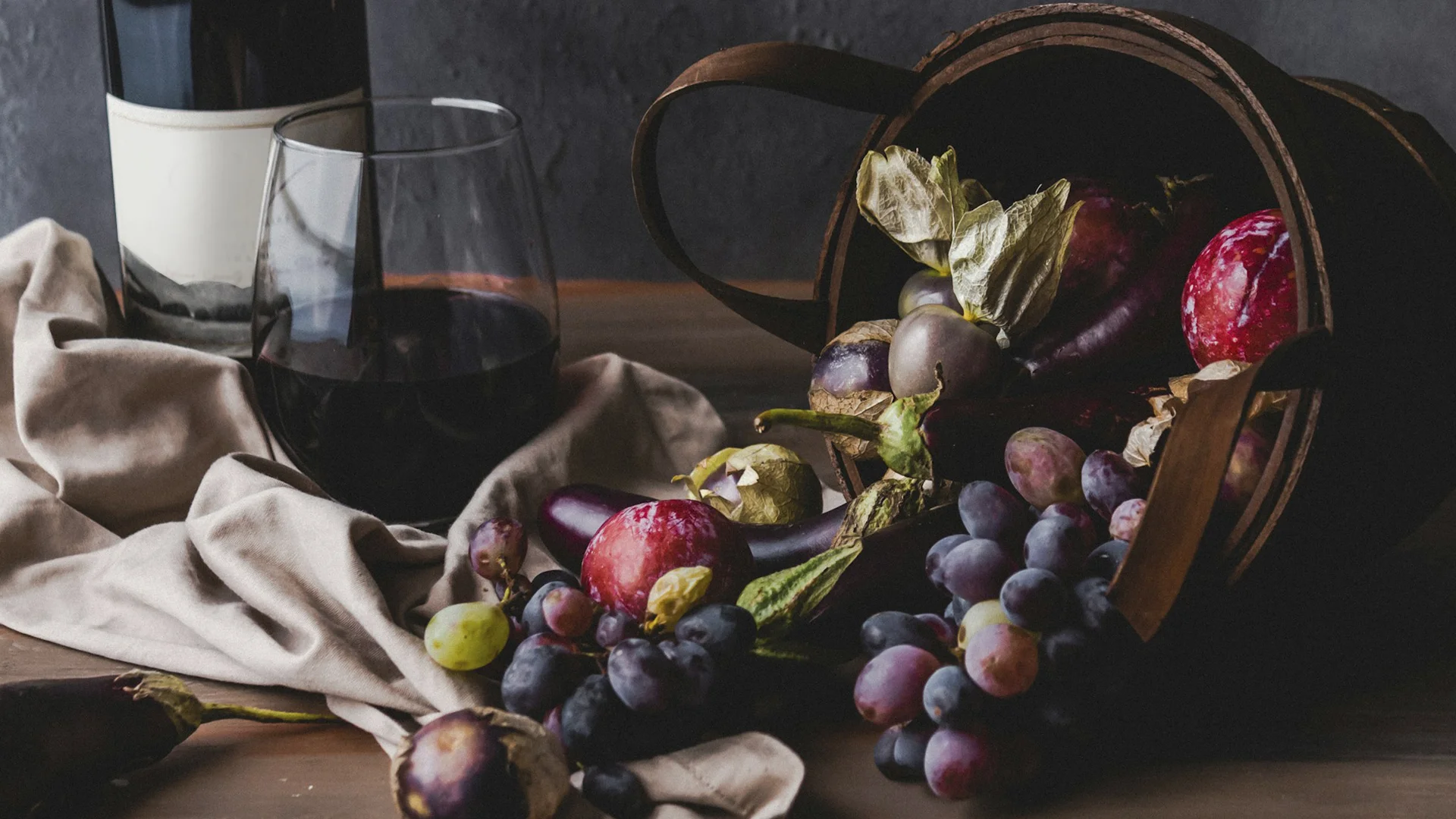
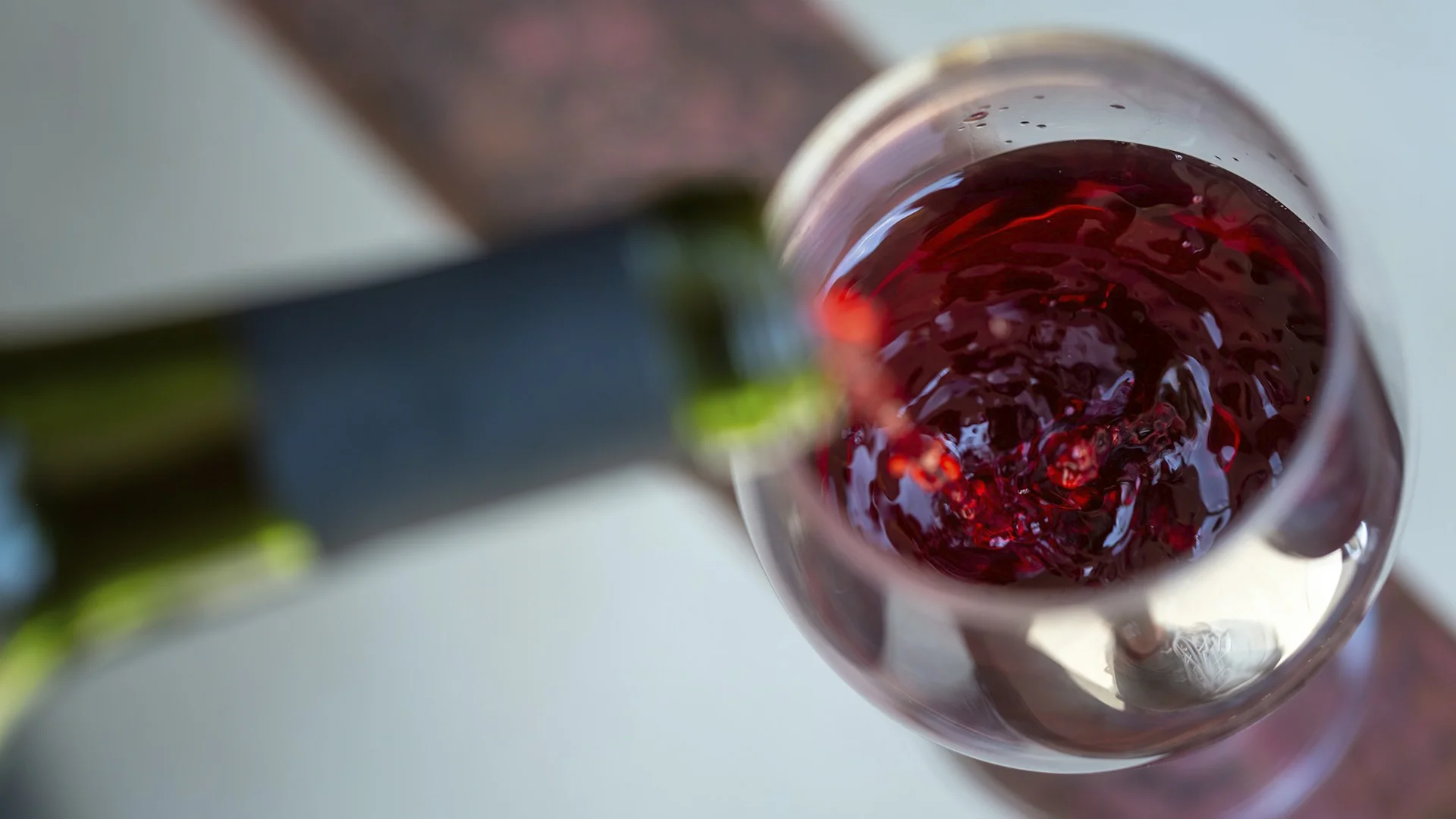
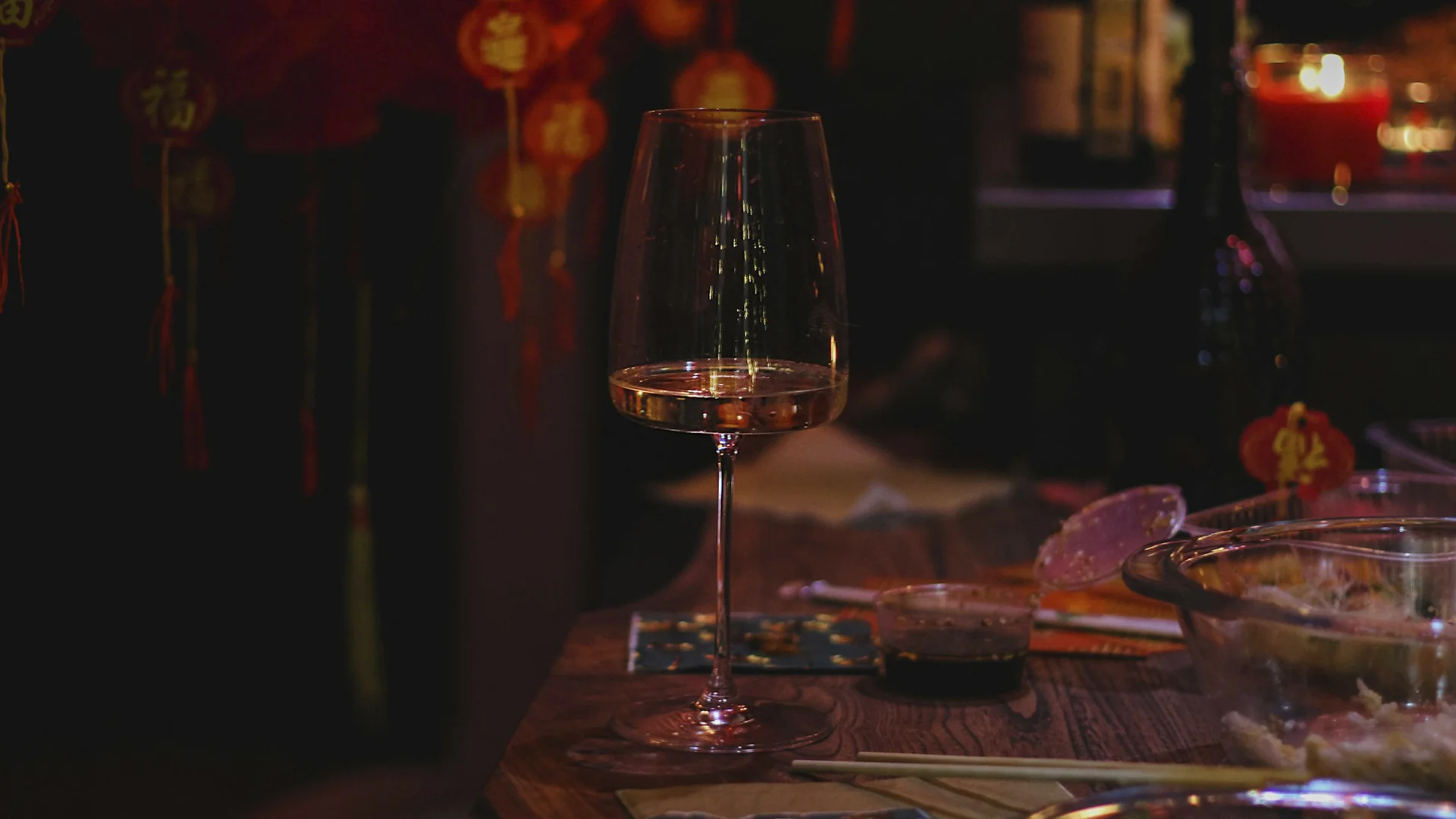






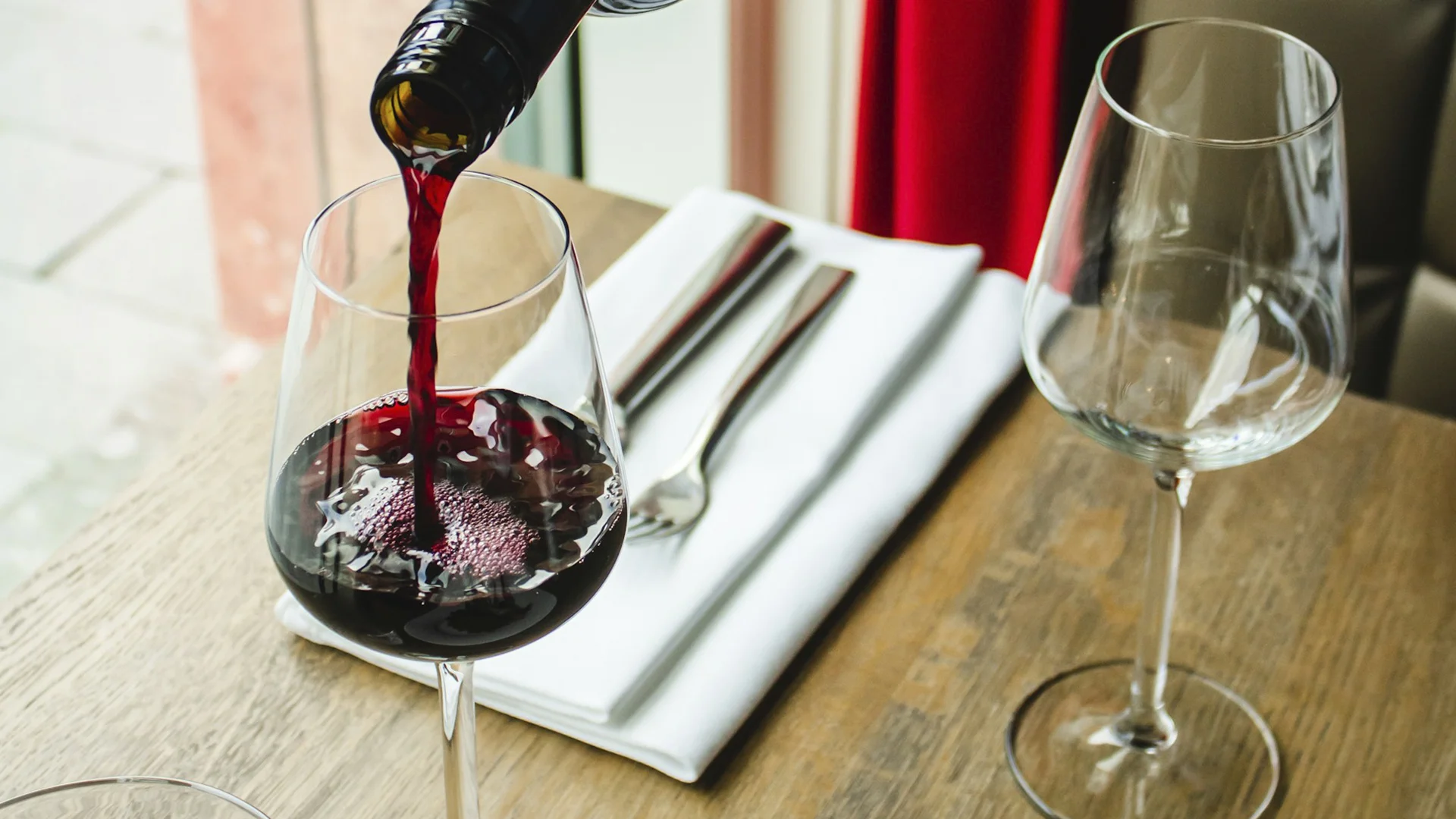












.webp)

.webp)
.webp)
.webp)



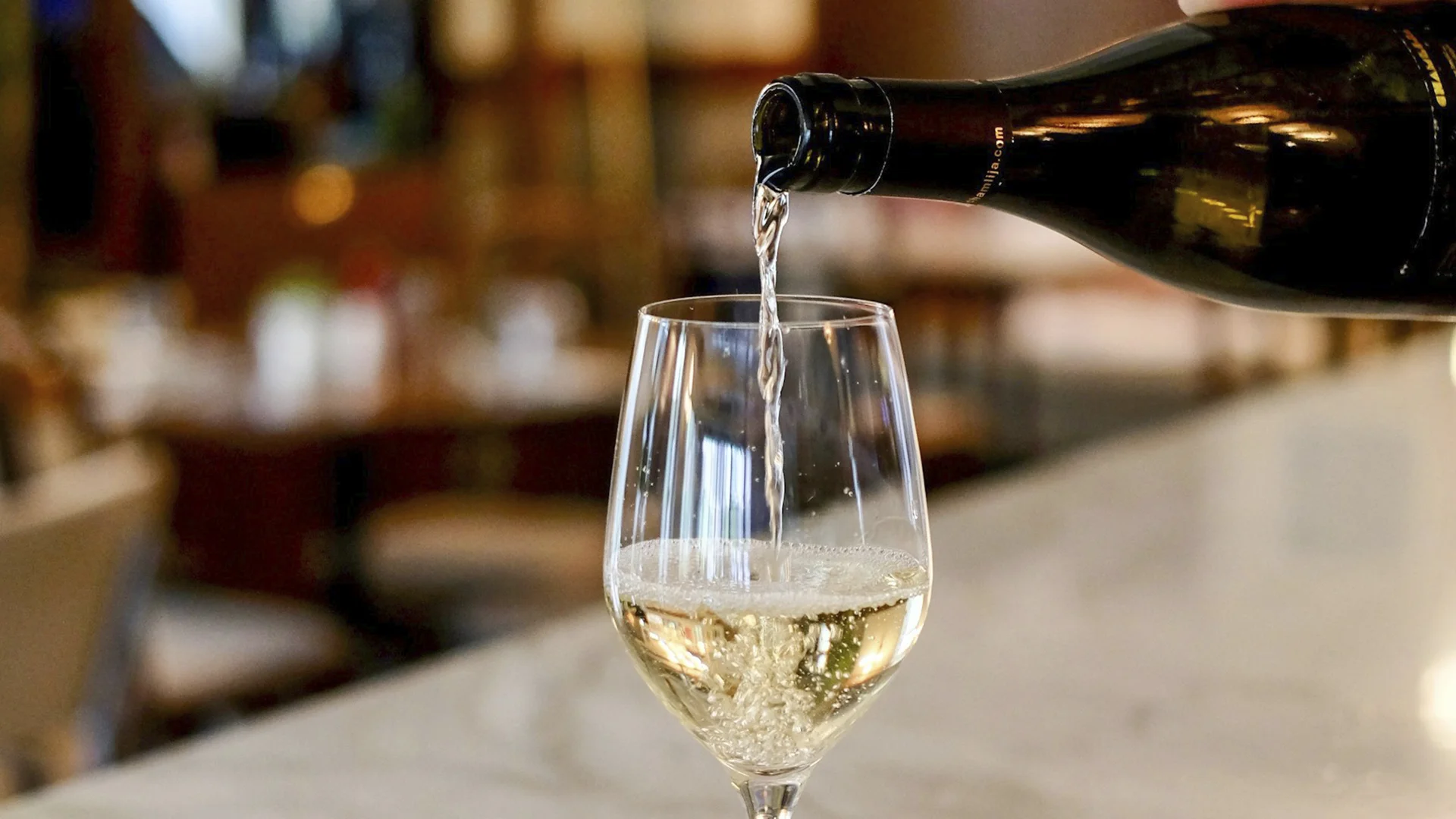


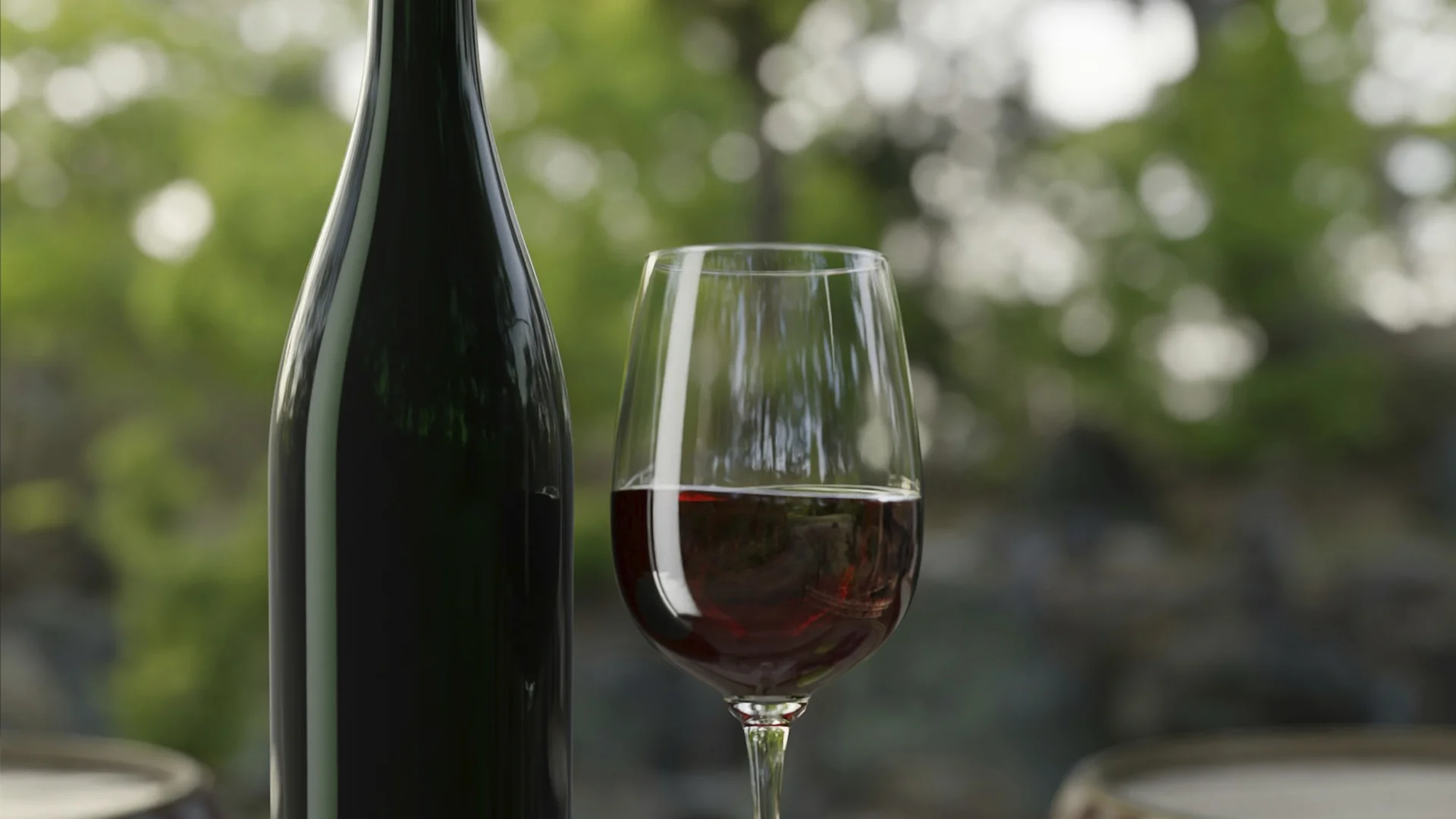



















.webp)













Are you interested in
collaborating with us?